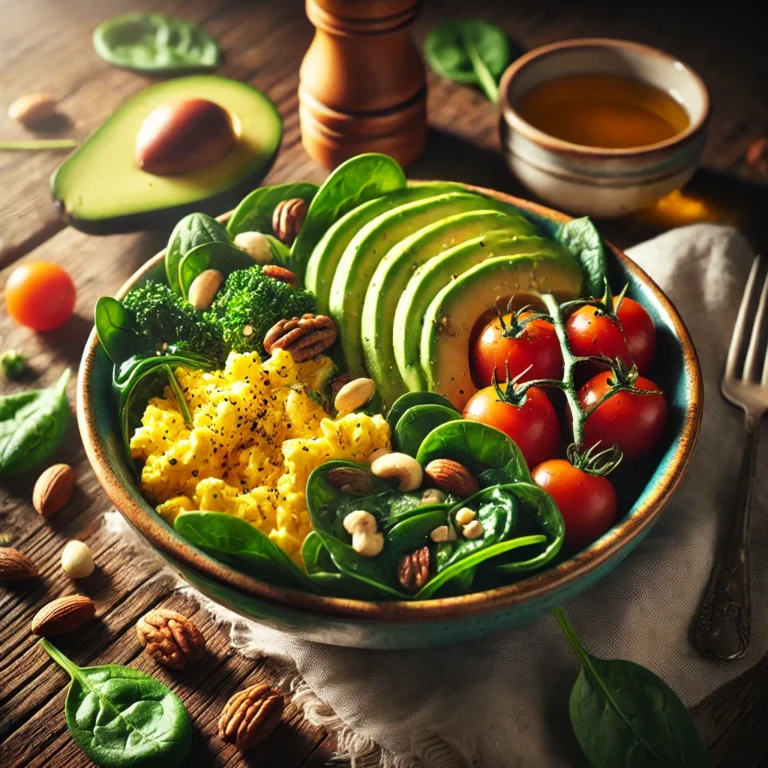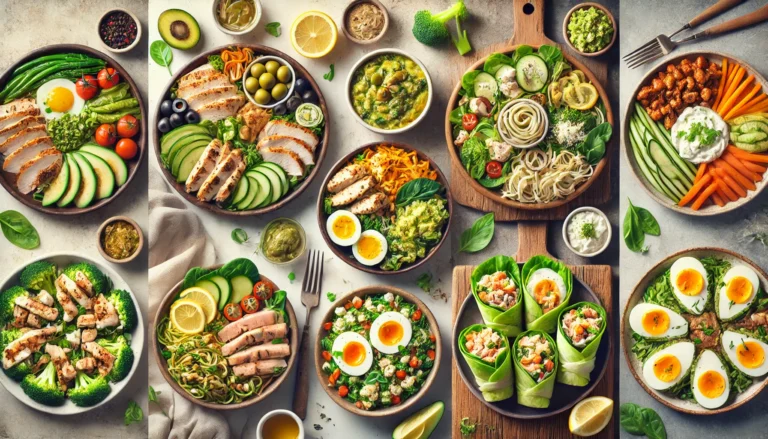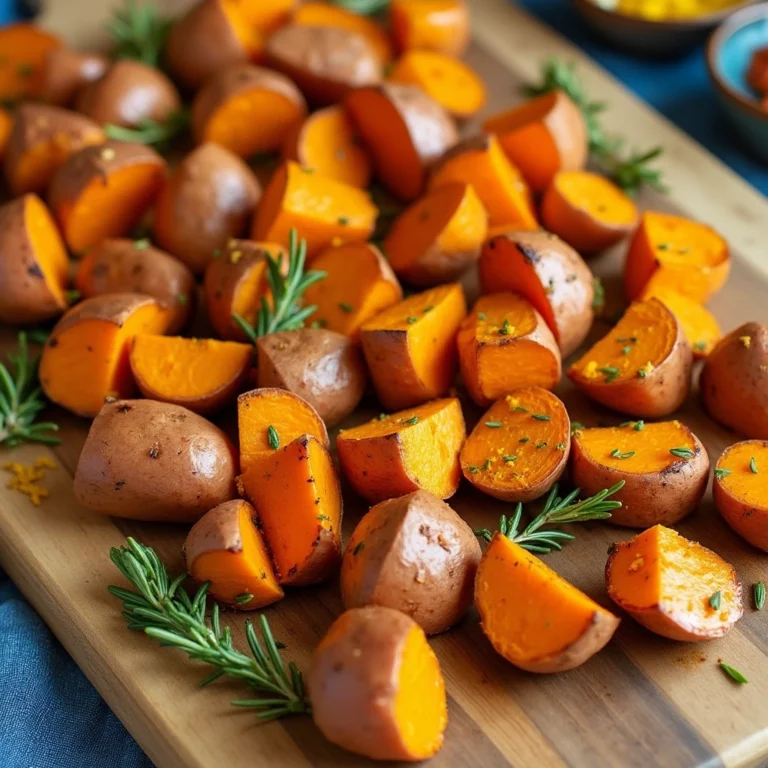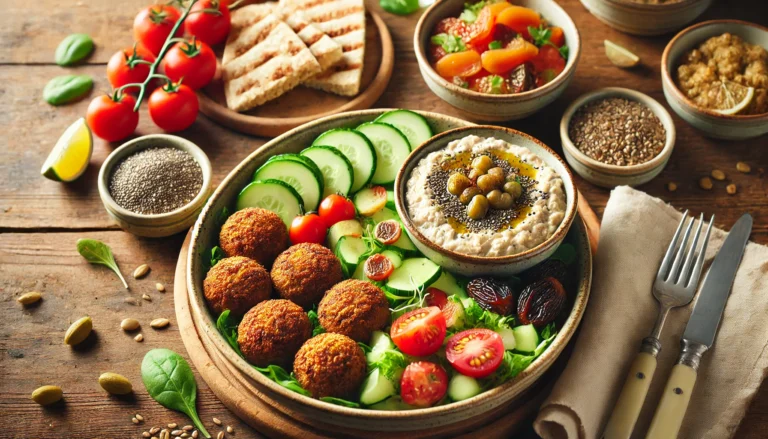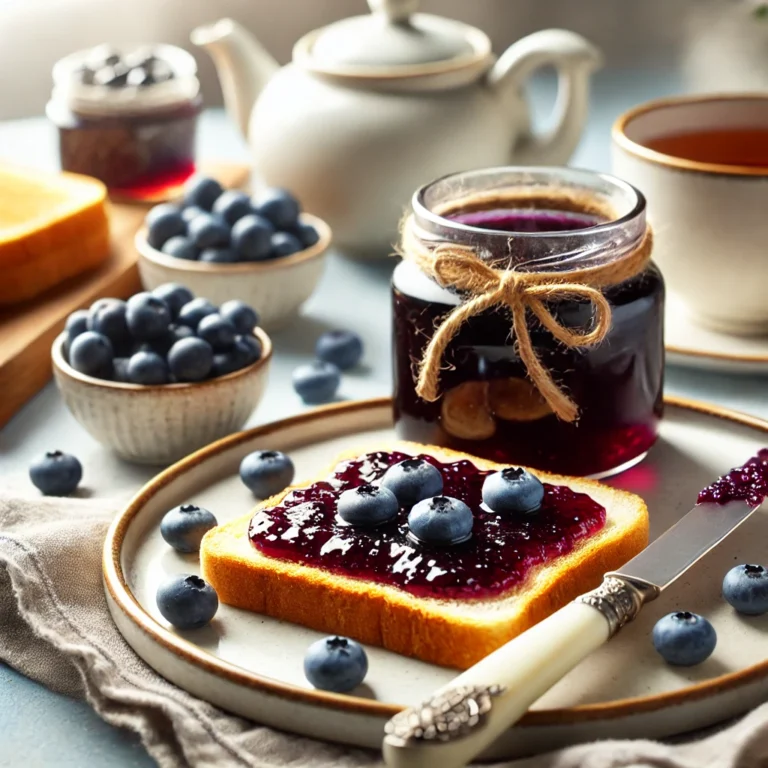Healthy Smoothie Recipes: How to Make Them Extra Delicious
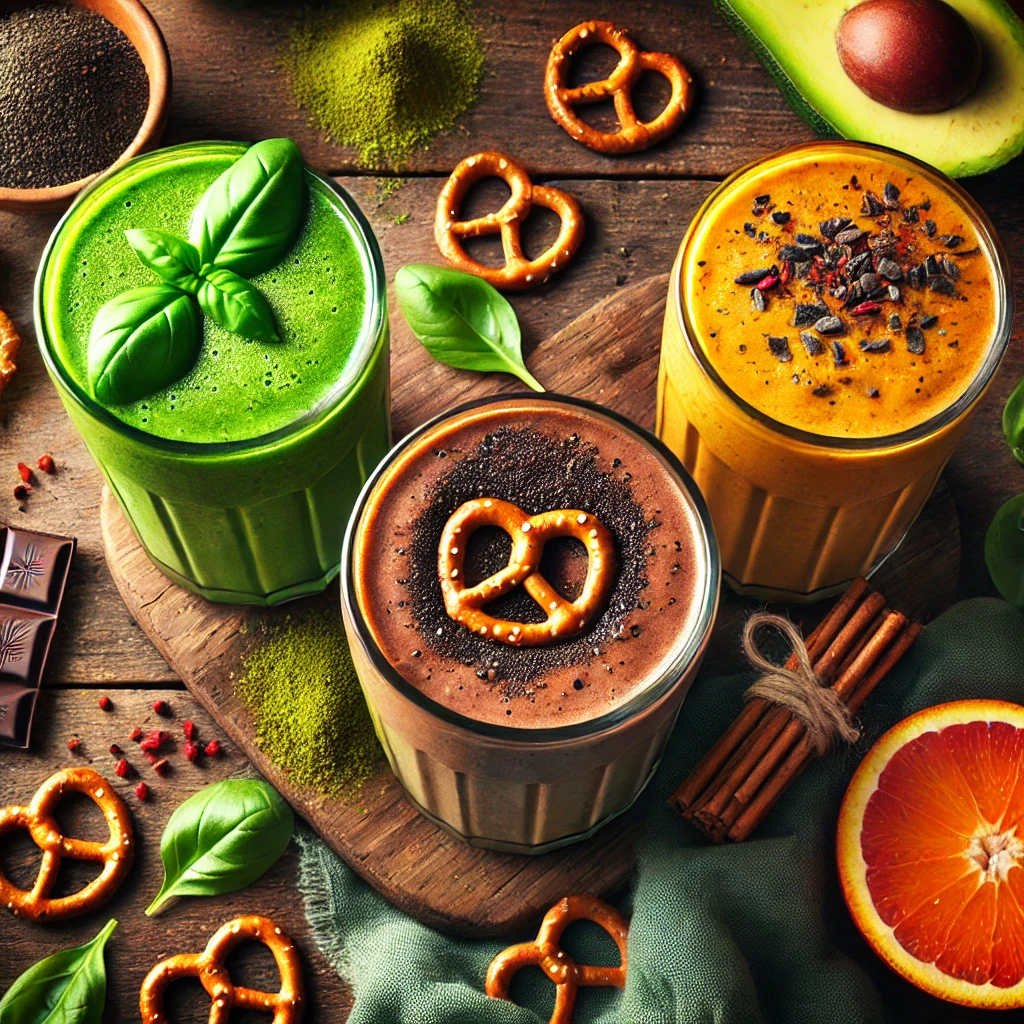
Table of Contents
Introduction: Can a Healthy Smoothie Be Both Nutritious AND Irresistibly Delicious?
Welcome to HealthyFam—where fast meets flavorful, and health is always on the menu!
🎶
Sip it slow, feel the glow,
Fruits and greens help you grow!
Blend it right, smooth and bright,
Fuel your day, feel so light!
Imagine sipping on a smoothie that’s not only packed with vitamins and minerals but also tastes like a treat you’d crave at your favorite café. Sounds too good to be true, right? Well, it’s possible! Healthy smoothie recipes don’t have to taste bland. In fact, with the right ingredients and techniques, they can become your go-to drink for breakfast, snacks, or even dessert.
In this article, we’ll dive into everything you need to know about creating smoothies that are as tasty as they are nutritious. Whether you’re new to blending or a seasoned pro, you’ll discover tips, tricks, and variations that will take your smoothie game to the next level. So grab your blender, and let’s get started!
🍃 Food for Thought 🍃
“Your body is a reflection of how you nourish it. Every sip of a healthy smoothie is a step towards a vibrant life.”
Overview: What Makes These Healthy Smoothie Recipes Special?
Before we jump into the details, here’s why these healthy smoothie recipes stand out:
- Time Requirement: You can whip up a delicious smoothie in just 5–10 minutes—perfect for busy mornings or quick energy boosts.
- Difficulty Level: Beginner-friendly! No fancy culinary skills are required; just toss ingredients into a blender and blend.
- Health Benefits: Packed with fiber, protein, vitamins, and antioxidants, these smoothies support digestion, boost immunity, and keep you energized all day long.
- Versatility: Customize them to suit your taste buds, dietary needs, or mood.
What Happens When You Drink Healthy Smoothies Daily?
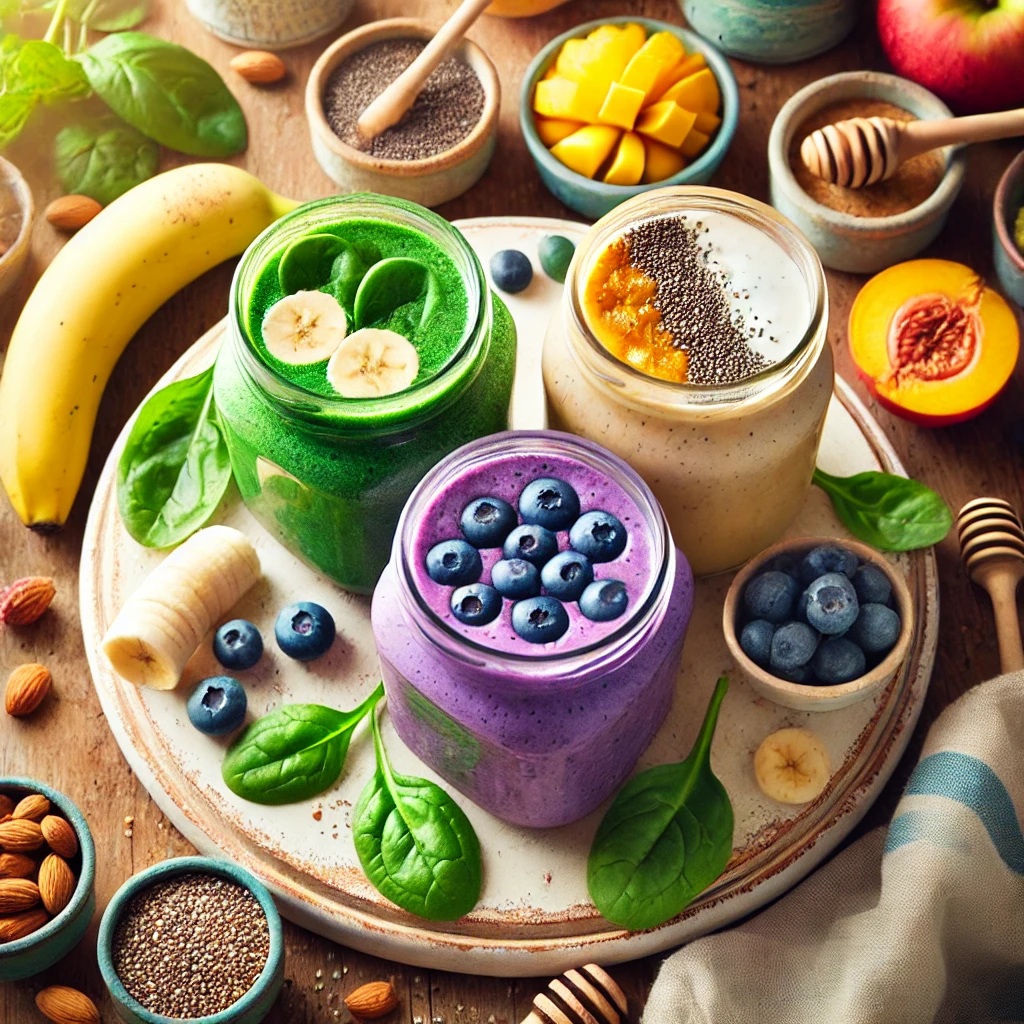
🧠 Brain – Enhanced Focus & Memory
- Antioxidant-rich berries improve cognitive function.
- Omega-3s (from chia and flaxseeds) support brain health.
- Steady blood sugar prevents energy crashes and brain fog.
❤️ Heart – Stronger Cardiovascular System
- Healthy fats (avocado, nuts) improve cholesterol levels.
- Leafy greens reduce blood pressure and inflammation.
- Fiber-rich smoothies support heart health.
🌿 Gut – Improved Digestion & Nutrient Absorption
- Probiotic-rich yogurts and kefir promote gut health.
- Fiber from fruits and vegetables regulates digestion.
- Ginger and turmeric soothe inflammation and bloating.
✨ Skin – Glowing & Youthful Appearance
- Vitamin C from citrus and berries boosts collagen production.
- Hydrating ingredients keep skin clear and fresh.
- Antioxidants protect against skin aging and damage.
🏵 Liver – Efficient Detox & Metabolism
- Leafy greens help flush out toxins.
- Lemon and ginger support liver function.
- Plant-based proteins fuel metabolism and fat burn.
🚰 Kidneys – Optimal Hydration & Function
- Water-dense fruits support kidney function.
- Electrolytes (coconut water, bananas) prevent dehydration.
- Reduced intake of processed foods lowers kidney stress.
🦴 Bones & Joints – Strong & Resilient
- Calcium-rich smoothies (almond milk, yogurt) support bone health.
- Anti-inflammatory turmeric reduces joint pain.
Magnesium-rich nuts and seeds help with flexibility and recovery.
Now that you know what makes these smoothies special, let’s talk about the essential ingredients you’ll need.
Essential Ingredients: The Building Blocks of Your Smoothie
The secret to an amazing smoothie lies in its ingredients. Here’s a breakdown of the key components and why they matter:
1. Liquid Base
Your liquid base is what brings everything together. It ensures your smoothie has the right consistency while adding flavor and hydration.
- Options: Almond milk, coconut water, oat milk, plain water, or green tea.
- Why It Matters: A good liquid base prevents clumps and keeps your smoothie smooth and drinkable.
- Substitutions: If you’re dairy-free, skip cow’s milk and opt for plant-based alternatives. For extra creaminess, try full-fat canned coconut milk.
2. Fruits
Fruits add natural sweetness and vibrant flavors to your smoothie.
- Options: Bananas, berries (strawberries, blueberries, raspberries), mangoes, apples, or oranges.
- Why It Matters: Fruits provide vitamins, antioxidants, and fiber without the need for added sugars.
- Substitutions: Frozen fruits work great if you want a thicker texture. Swap fresh for frozen depending on availability.
3. Vegetables
Yes, veggies belong in smoothies too! They add nutrients without overpowering the flavor.
- Options: Spinach, kale, cucumber, avocado, or zucchini.
- Why It Matters: Veggies boost the nutritional value and help balance out the sugar from fruits.
- Substitutions: Start small if you’re new to veggie-packed smoothies. Baby spinach is mild and blends seamlessly.
4. Protein Source
Protein keeps you full longer and adds staying power to your smoothie.
- Options: Greek yogurt, protein powder, nut butter, chia seeds, hemp seeds, or silken tofu.
- Why It Matters: Protein supports muscle repair and helps curb hunger cravings.
- Substitutions: Choose vegan options like pea protein or cashew butter if needed.
5. Healthy Fats
Healthy fats make your smoothie creamy and satisfying.
- Options: Avocado, flaxseeds, chia seeds, almond butter, or coconut oil.
- Why It Matters: Fats slow down digestion, keeping you energized and preventing blood sugar spikes.
- Substitutions: Use sunflower seed butter if you’re allergic to nuts.
6. Flavor Enhancers
These little extras take your smoothie from good to wow-worthy.
- Options: Vanilla extract, cinnamon, cocoa powder, ginger, turmeric, or mint leaves.
- Why It Matters: Flavor enhancers elevate the taste profile and add unique health benefits.
- Substitutions: Experiment with spices or herbs based on your preferences.
Step-by-Step Instructions: How to Prepare Your Smoothie
Ready to blend? Follow these simple steps to create your perfect smoothie:
- Gather Your Ingredients: Lay out all your ingredients before starting. This saves time and ensures you don’t forget anything.
- Add Liquids First: Pour your chosen liquid base into the blender first. This helps the blades move smoothly.
- Layer Soft Ingredients Next: Add soft items like fruits, yogurt, or nut butter after the liquid. These blend easily and prevent clogging.
- Toss in Greens or Veggies: If using leafy greens or veggies, place them on top of the softer ingredients. They’ll blend better this way.
- Sprinkle in Powders and Seeds: Add protein powders, chia seeds, or other dry ingredients last. They distribute evenly when blended.
- Blend Until Smooth: Start blending on low speed, then gradually increase to high until the mixture is silky smooth.
- Taste and Adjust: Give your smoothie a quick taste test. Add more fruit for sweetness, citrus juice for tang, or spices for depth.
Pro Tip: For a frosty treat, use frozen fruits instead of ice cubes. Ice can dilute the flavor, while frozen fruits thicken the smoothie naturally.
Flavor Hacks from Pro Nutritionists
Sweeten Smartly
Swap sugar-laden honey or syrups for:
- Medjool dates (soaked for 20 minutes)
- Roasted sweet potato (trust us—it works)
- Spices: Cinnamon masks bitterness; cardamom adds floral complexity
Texture Playbook
Avoid sludge with these crunch factors:
- Cacao nibs (20% less bitter if toasted first)
- Freeze-dried fruit rehydrated in liquid
- Tahini swirls for a savory contrast
Next-Level Recipes That Defy “Healthy” Stereotypes
1. The Green Goddess Gone Rogue
- Base: 1 cup unsweetened oat milk
- Greens: ½ cup baby spinach + ¼ cup basil
- Creamy: ½ avocado + 2 tbsp hemp seeds
- Sweet: ½ green apple + 1 tsp matcha
- Twist: Pinch of sea salt + squeeze of yuzu
Why it works: Basil and yuzu create a citrus-herbal lift, while avocado adds richness without the banana’s overpowering sweetness.
2. Chocolate-Covered Pretzel Protein Shake
- Base: 1 cup chocolate pea protein milk
- Texture: 2 tbsp blended rolled oats
- Savory: 1 tbsp almond butter + ½ tsp tamari
- Crunch: Crushed rye pretzel rim
Pro tip: Tamari’s saltiness mimics the “pretzel” flavor while adding 4g protein per teaspoon.
3. Golden Hour Turmeric Tonic
- Base: ½ cup carrot juice + ½ cup ginger tea
- Spice: 1 tsp fresh turmeric + black pepper
- Creamy: 2 tbsp coconut butter
- Brightness: Juice of 1 blood orange
Science-backed: Black pepper increases turmeric absorption by 2000%
Smoothie Building Cheat Sheet
| Component | Classic Choice | Bold Upgrade | Pro Tip |
|---|---|---|---|
| Liquid | Almond milk | Cold hibiscus tea | Brew tea overnight for intensity |
| Greens | Spinach | Butter lettuce | Less bitter, more buttery |
| Thickener | Banana | Cauliflower rice | Steam first for smoother texture |
| Topping | Chia seeds | Furikake seasoning | Adds umami crunch |
Your Blender Is a Time Machine
Remember that smoothie from Costa Rica? The one with soursop and fresh coconut water that tasted like vacation? Recreate it by sourcing unique ingredients. Ethnic markets and specialty grocers are treasure troves for finds like:
- Dragon fruit powder (vibrant color, mild flavor)
- Baobab powder (tangy, vitamin C-rich)
- Fresh pandan leaves (vanilla-meets-coconut aroma)
Assembly: Building Your Smoothie Base
Creating a balanced smoothie is like building a house—you need a strong foundation. Here’s how to layer your ingredients effectively:
- Start with Greens: Begin with nutrient-dense greens like spinach or kale. Their mild flavor won’t overpower the rest of the ingredients.
- Add Sweetness: Incorporate fruits like bananas or mangoes to counterbalance any bitterness from greens. (Continued below…)
The Last Sip
Great smoothies aren’t just fuel—they’re sensory experiences. By treating your blender like a chef’s toolkit rather than a vitamin dispenser, you transform routine into ritual. So tonight, freeze that leftover coffee into ice cubes. Tomorrow? Whip up a smoothie that makes your morning alarm worth it.
Your move: Which unexpected ingredient will you try first? Tag us on Instagram with your most inventive combo—we’ll feature our favorites.
What You Might Be Missing Without Smoothies
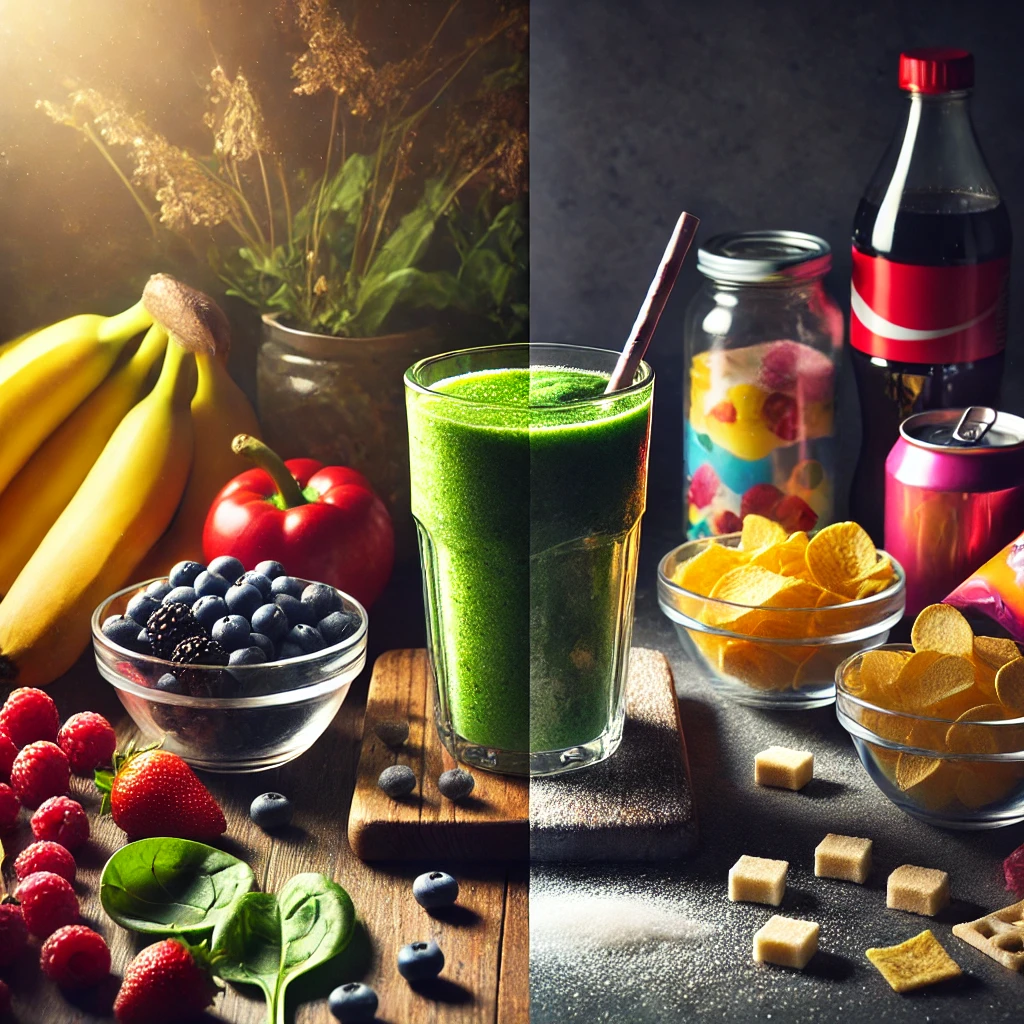
🎶
Skip the sip, miss the glow,
Tired, sluggish—feeling low.
Nutrients gone, skin so dry,
No smoothie? Wave your glow goodbye!
Nutrient Deficiencies
Without smoothies, you could be shortchanging yourself on:
- Vitamin C from citrus and berries
- Potassium from bananas and leafy greens
- Omega-3 fatty acids from chia and flax seeds
- Antioxidants from dark, rich-colored fruits and vegetables
Digestive and Metabolic Challenges
Lack of smoothies might mean:
- Reduced fiber intake
- Slower metabolism
- Less efficient nutrient absorption
- Increased difficulty maintaining a healthy weight
Conclusion
Smoothies are not just a convenient drink—they’re a strategic approach to nutrition. By blending whole foods into a delicious, easy-to-consume format, you can dramatically improve your daily nutrient intake and support your body’s overall health and vitality.
Don’t miss out on this simple yet powerful nutritional tool. Start experimenting with smoothies and feel the difference in your energy, digestion, and overall well-being!
💡 Final Thought 💡
Smoothies are more than just a trend—they are a delicious and powerful way to nourish your body. From brain function to heart health, they pack a punch in every sip. So why wait? Blend your way to better health today! 🍓🥑🥤
Remember that every recipe is a step toward a healthier you! —Until next time,
Happy cooking!
HealthyFam—where quick meets nourishing!
Source links
1. Mayo Clinic – Healthy Smoothie Recipes
- Link: https://www.mayoclinic.org
- Why It’s Reliable: Mayo Clinic is a trusted source for health and nutrition advice. This article provides tips on how to make smoothies healthier and more nutritious.
2. Harvard T.H. Chan School of Public Health – The Nutrition Source
- Link: https://www.hsph.harvard.edu
- Why It’s Reliable: Harvard’s School of Public Health offers evidence-based guidance on nutrition. Their smoothie guide focuses on balancing ingredients for optimal health benefits.
3. Academy of Nutrition and Dietetics – Eat Right
- Link: https://www.eatright.org
- Why It’s Reliable: The Academy of Nutrition and Dietetics is the world’s largest organization of food and nutrition professionals. This resource provides expert-approved smoothie tips.
4. Healthline – Healthy Smoothie Recipes
- Link: https://www.healthline.com
- Why It’s Reliable: Healthline is known for its well-researched articles written by registered dietitians and health experts. This page includes a variety of delicious and healthy smoothie recipes.
5. BBC Good Food – Healthy Smoothies
- Link: https://www.bbcgoodfood.com
- Why It’s Reliable: BBC Good Food is a trusted culinary resource with recipes tested by professional chefs and nutritionists.
6. National Institutes of Health (NIH) – Smoothie Tips
- Link: https://www.nih.gov
- Why It’s Reliable: NIH is a leading authority on health research. This article explains how to create nutrient-dense smoothies while avoiding added sugars.
7. WebMD – Smoothie Recipes for Better Health
- Link: https://www.webmd.com
- Why It’s Reliable: WebMD provides medically reviewed content on health and wellness topics. This article highlights creative ways to enhance smoothie flavors and nutrition.
8. Minimalist Baker – Simple Smoothie Recipes
- Link: https://minimalistbaker.com
- Why It’s Reliable: Minimalist Baker is a popular food blog known for simple, plant-based recipes. Their smoothie recipes are easy to follow and focus on whole, natural ingredients.
9. Cleveland Clinic – Smoothies Done Right
- Link: https://health.clevelandclinic.org
- Why It’s Reliable: Cleveland Clinic is a renowned medical center. This article provides practical advice on making smoothies that are both tasty and nutritious.
10. Registered Dietitian Nutritionist Resources – Joy Bauer
- Link: https://www.joybauer.com
- Why It’s Reliable: Joy Bauer is a registered dietitian and nutrition expert who frequently appears on national media. Her smoothie recipes are designed to be both healthy and delicious.
